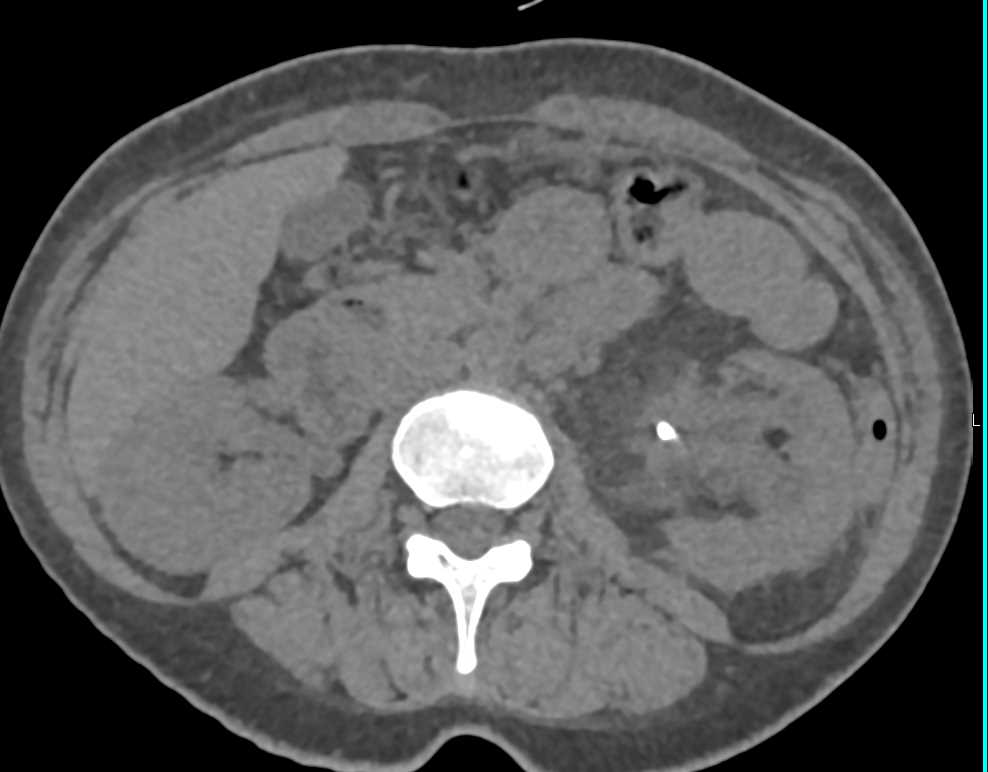

If you have a history of kidney stones, you may want to cut back even further, to 1,500 milligrams per day. Cut back on sodium: The Dietary Guidelines for Americans recommend a daily sodium intake of less than 2,300 milligrams per day.Avoid high-oxalate foods: If you are prone to kidney stones, avoid foods high in oxalates, such as spinach, chard, rhubarb, and star fruit, and limit potatoes, beets, bran, chocolate, and nuts.Drinking 2 to 2.5 liters per day (8 to 10 cups) can usually accomplish this. Drink water: A 2015 review in the journal Medicine found that people who produced 2 to 2.5 liters of urine daily were 50% less likely to develop kidney stones than those who produced less.Uric acid is a waste product that usually passes through the kidneys easily but can form crystals if concentrations are high. Uric acid: This type of stone is caused by high levels of uric acid in the urine.Ammonia produced in response to UTIs can increase the urinary pH and cause the formation of struvite crystals composed of magnesium, ammonium, and phosphate. Struvite: These stones are mainly associated with urinary tract infections (UTIs).

The overproduction can cause cystine to leak into the urine, causing recurrent stones. Cystine: These stones are due to a rare hereditary disorder called cystinuria that causes the overproduction of a compound called cystine.Stones like these are often due to metabolic disorders or medications that alter the urinary pH. This increases the concentration of calcium phosphate in the urine and promotes the formation of crystals. Calcium phosphate: These stones are the result of a high urinary pH (meaning the urine is alkaline rather than acidic).When this occurs, the compounds can bind together to form crystals. Calcium oxalate: This is the most common type, caused by high concentrations of calcium (a mineral you absorb from food) or oxalate (a compound produced by the liver and found in certain foods) in urine.


 0 kommentar(er)
0 kommentar(er)
